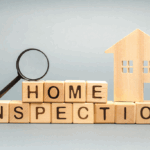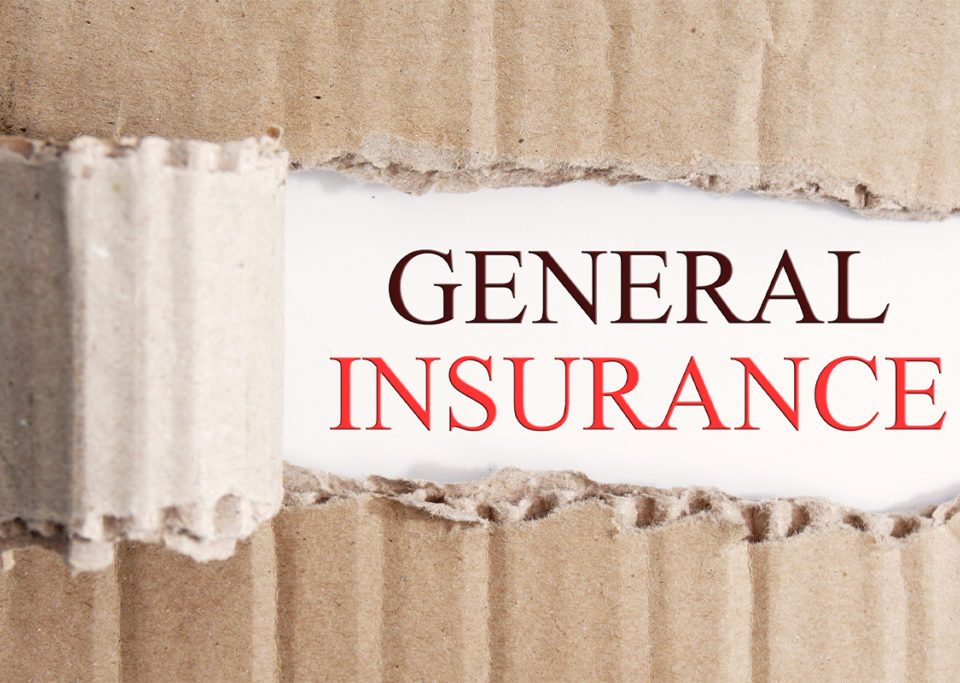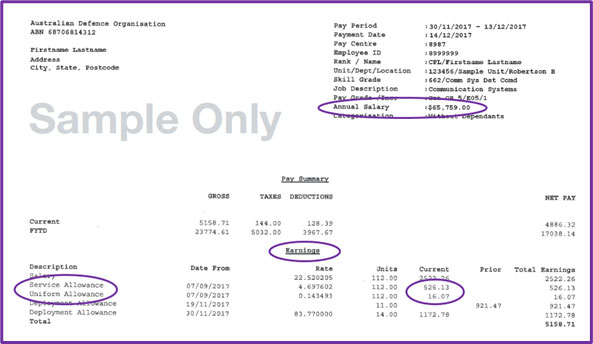
BUYING A CAR – WHY YOU NEED TO CONSIDER ARRANGING AN INDEPENDENT INSPECTION
July 30, 2025
FOREWARNED IS FOREARMED: WHY PRE-PURCHASE BUILDING INSPECTIONS ARE ESSENTIAL FOR AUSTRALIAN HOME BUYERS
July 30, 2025Insurance can help us manage some of the more serious financial and other risks we face in life. There are few risks bigger than losing your home or having it severely damaged. When choosing home insurance, it is essential that you understand what the policy covers (the ‘inclusions’) and does not cover (the ‘exclusions’).
For most of us non-oligarchs, our house will be our biggest purchase and – perhaps with the exception of our superannuation and earning capacity – our biggest asset. Buying or building a house is costlier in Australia than almost anywhere else in the world. And as we know, Australia is also prone to natural disasters of great variety and intensity.
This all means that if you are either settling on a property purchase or already own one, appropriate home insurance is going to be a vital tool to help you manage risk.
The last thing you want is to discover exclusions in your home insurance coverage that leave you exposed if and when disaster strikes. It’s crucial not to skimp on understanding your policy. This includes knowing exactly what you’re covered for and what you’re not covered for. If you don’t, the gap between what you think your coverage is and what it actually is could cost you tens or even hundreds of thousands of dollars when you can least afford it.
What is home insurance?
Insurance is a contract (called a policy) between you and the insurer. You agree to pay a premium and they promise you a certain amount of cover for (only) specified events or losses. Home insurance, in particular, covers you for loss or damage to the building you own, for example due to storm, flood or fire. If your property is part of a body corporate or owners’ corporation (terms may differ depending on the state or territory) your owners’ corporation will invariably take out insurance (for which you will be compelled to contribute) to cover damage to jointly owned property, like the roof on an apartment block.
It is also possible to take out what is called ‘contents insurance’, which covers you for loss or damage to your possessions usually kept in the home. Generally, things that are not fixtures.
These two types of insurance are often sold together as ‘home and contents insurance’. While the loss or damage of your possessions or contents may be costly and distressing, the most serious risk to manage will usually be to the building because of the cost of rebuilding in the worst case scenario.
The cover provided and the losses covered may vary dramatically between different policies. For example, a particular insurer may not provide cover for flooding in a flood prone area. This is why it is so important for you to understand what you are getting (and not getting).
How do I even know what cover I need?
There are two main questions to ask to help you work out what cover you need:
- What are the risks you want to protect yourself from?
- What would it cost you to recover if those risks manifested themselves?
For example, if you live in a high fire danger area you would presumably want cover for fire (and why not throw in storms and floods for good measure?).
If the worst was to happen and you lost your home and contents, what would it cost you to rebuild and replace your possessions (acknowledging that some items may be irreplaceable)?
When calculating this cost, think more broadly than just clearing, building and replacing. For example, you may need somewhere else suitable to live while all this happens.
How do I check what is covered by an insurance policy?
There are two documents which will help you understand what is covered by a policy; a summary that may be called the ‘key fact sheet’ and more comprehensively the product disclosure statement (PDS). When it comes to insuring a risk as serious as the loss of your home and possessions, we recommend that you make yourself a cuppa, take a deep breath and take the time to carefully read and understand the PDS before you take out a policy.
We also always recommend shopping around for financial and other expensive or important services. In this case, seek quotes from a number of insurers. Comparison websites may be of use, as long as you remember that they may be selective in the insurers they compare and the information they provide (for commercial or other reasons).
You might also like to consult the home and contents insurance comparison produced by the independent consumer advocate CHOICE (the Australian Consumers’ Association). Their 2025 survey compares more than 60 insurance products.
Some things to consider when looking at a policy include:
- What risks the insurance covers, especially if your home is in an area prone to certain events like storms, fires and/or floods
- Whether the insurance is for ‘full replacement value’, an ‘agreed sum’ or ‘market value’
- What cover is provided for things like alternative accommodation
- How much ‘excess’ you will need to pay in order to make a claim
- How much the premiums are (note this is not at the top of the list).
Where can I find out more?
A good place to start is our webpages on insurance and home and contents insurance. You may also wish to use the search bar on the homepage to find some of the recent articles on ‘property’ and ‘insurance’.
The Australian Securities and Investments Commission’s Moneysmart website has some excellent content on choosing home insurance and contents insurance as well as a host of other personal finance topics.
Finally, if you have trouble with your insurer and have not been able to get satisfaction by following their internal complaint resolution process, the Australian Financial Complaints Authority (AFCA) may be able to assist.







